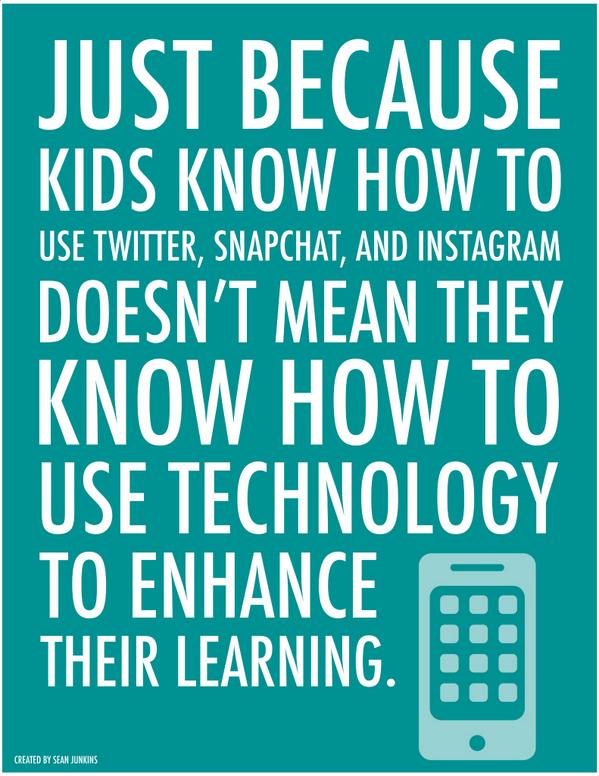Sylvia Manning offers an insightful characterization of a college education that summarizes the challenges all of us in higher education face today. In a paper for the American Enterprise Institute, she writes:
The reality is that no one can guarantee the results of an educational process, if only because a key element is how the student engages in that process. The output or outcome measures that we have are crude and are likely to remain so for considerable time to come. For example, the percentage of students who graduate from an institution tells us next to nothing about the quality of the education those students received.

Manning is right. In a piece for Inside HigherEd last year, I argued that students and administrators had become too caught up in the idea of education as a product. Far too many students see a diploma, rather than the learning that goes into it, as their primary goal. I tell students that I can’t make them learn. My job is to provide the environment and the guidance to help them learn. They have to decide for themselves whether they want to take advantage of the resources I provide – and to what degree. Only after they do that can learning take place.
Colleges and universities face a similar conundrum. They have come under increasing pressure to provide ways to measure their effectiveness. As Manning says, though, they have struggled to find effective ways to do that. Most focus on graduation rates and point to the jobs their graduates get. Many, like KU, are working at decreasing the number of students who drop or fail classes. Those are solid goals, but they still don’t tell us anything about what students have learned.
I’m not convinced that we can do that we can truly do that at a university level, at least not in the form of simplistic numeric data that administrators and legislators seem to want. There’s no meaningful way to show that student learning grew X percent this semester or that critical thinking increased at a rate of X over four years, although critics of higher education argue otherwise.
A portfolio system seems the best bet. It provides a way for students to show the work they have done during their time in college and allows them to make their own case for their learning. Portfolios also provide a means for students to demonstrate their potential to employers. By sampling those portfolios, institutions can then get a broad overview of learning. With rubrics, they can create a statistic, but the real proof is still qualitative rather than quantitative.
As an instructor, I see far more value in the nuances of portfolios, projects and assignments than I do in the rigid numerical data of tests and quizzes. Until that thinking gains a wider acceptance, though, we’ll be stuck chasing graduation rates and the like rather than elevating what really matters: learning.
A defense of liberal arts, along with a challenge
Without a backbone of liberal arts, science and technology lack the ability to create true breakthroughs. That’s what Leon Botstein, president of Bard College, argues in The Hechinger Report (There was a link, but the page no longer exists). Botstein makes a strong case, but he also issues a stinging rebuke to programs that refuse to innovate.
“Students come to college interested in issues and questions, and ready to tackle challenges, not just to “major” in a subject, even in a scientific discipline,” Botstein writes. “…What do we so often find in college? Courses that correspond to narrow faculty interests and ambitions, cast in terms defined by academic discourse, not necessarily curiosity or common sense.”
Bravo!
He argues for fundamental changes in curricula and organization of faculty, but also in the way courses are taught. The only aspect of education “that is truly threatened by technology is bad teaching, particularly lecturing,” he says. Instead, technology has expanded opportunities for learning but has done nothing to diminish the need for discussion, argument, close reading and speculation. He calls for renewed attention in helping students learn to use language and to use liberal arts to help students become literate in the sciences.
I’d be remiss if I didn’t bring up Botstein’s comparison of teaching and learning to sex, along with the slightly sensational but certainly eye-grabbing headline that accompanied his article: “Learning is like sex, and other reasons the liberal arts will remain relevant.”
Related: At Liberal Arts Colleges, Debate About Online Courses Is Really About Outsourcing (Chronicle of Higher Education)
Briefly …
College instructors are integrating more discussions and group projects into their teaching as they cut down on a lecture-only approach, The Chronicle of Higher Education reports. … David Gooblar of PedagogyUnbound offers advice on handling the seemingly never-ending task of grading … Stuart Butler of the Brookings Institution suggests ways to “lower crazy high college costs.” They include providing better information to students, revamping accreditation, and allowing new models of education to compete with existing universities.
Doug Ward is an associate professor of journalism and the associate director of the Center for Teaching Excellence. You can follow him on Twitter @kuediting.
Tagged active learning, assessment, liberal arts, student learning, accreditation, future of education